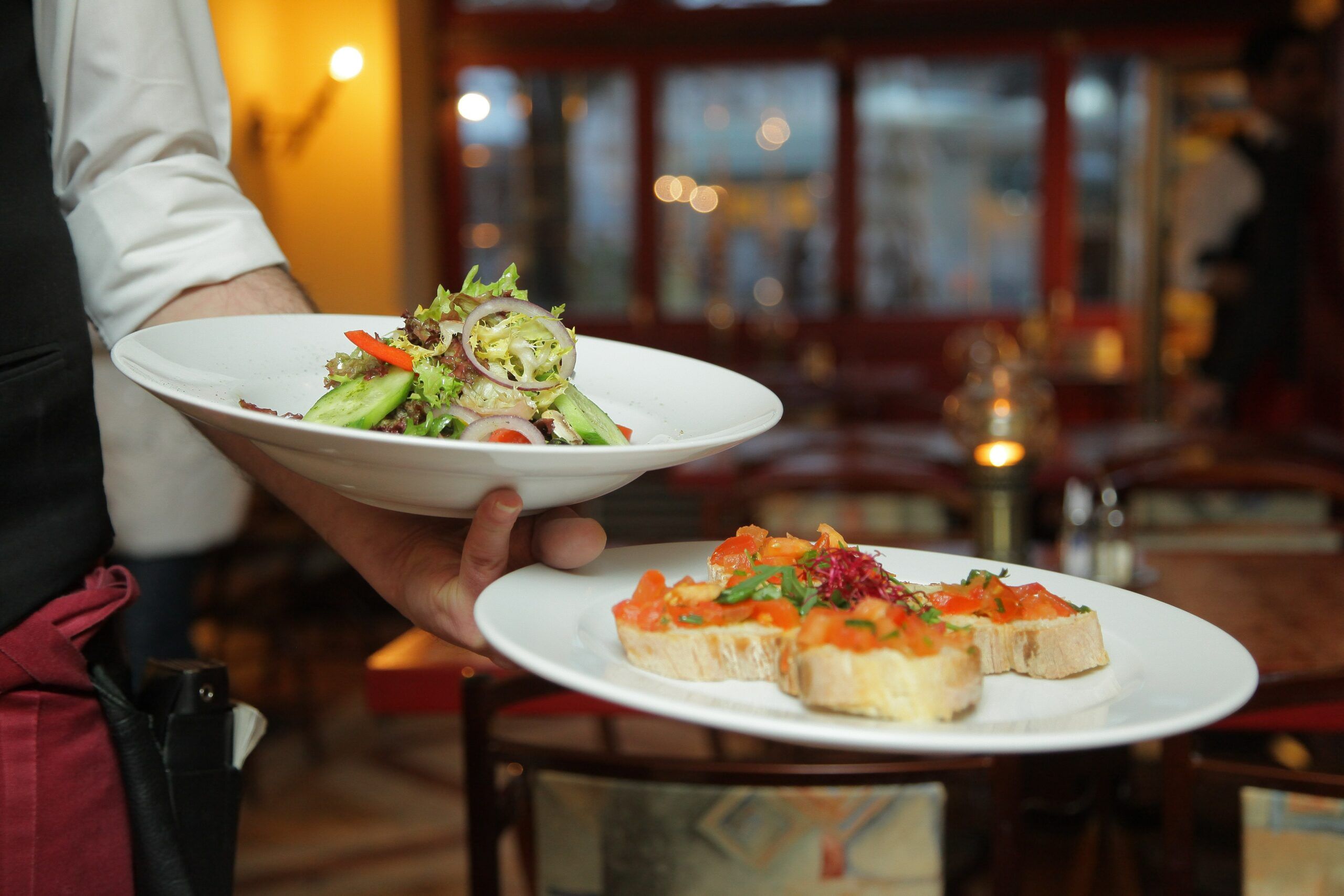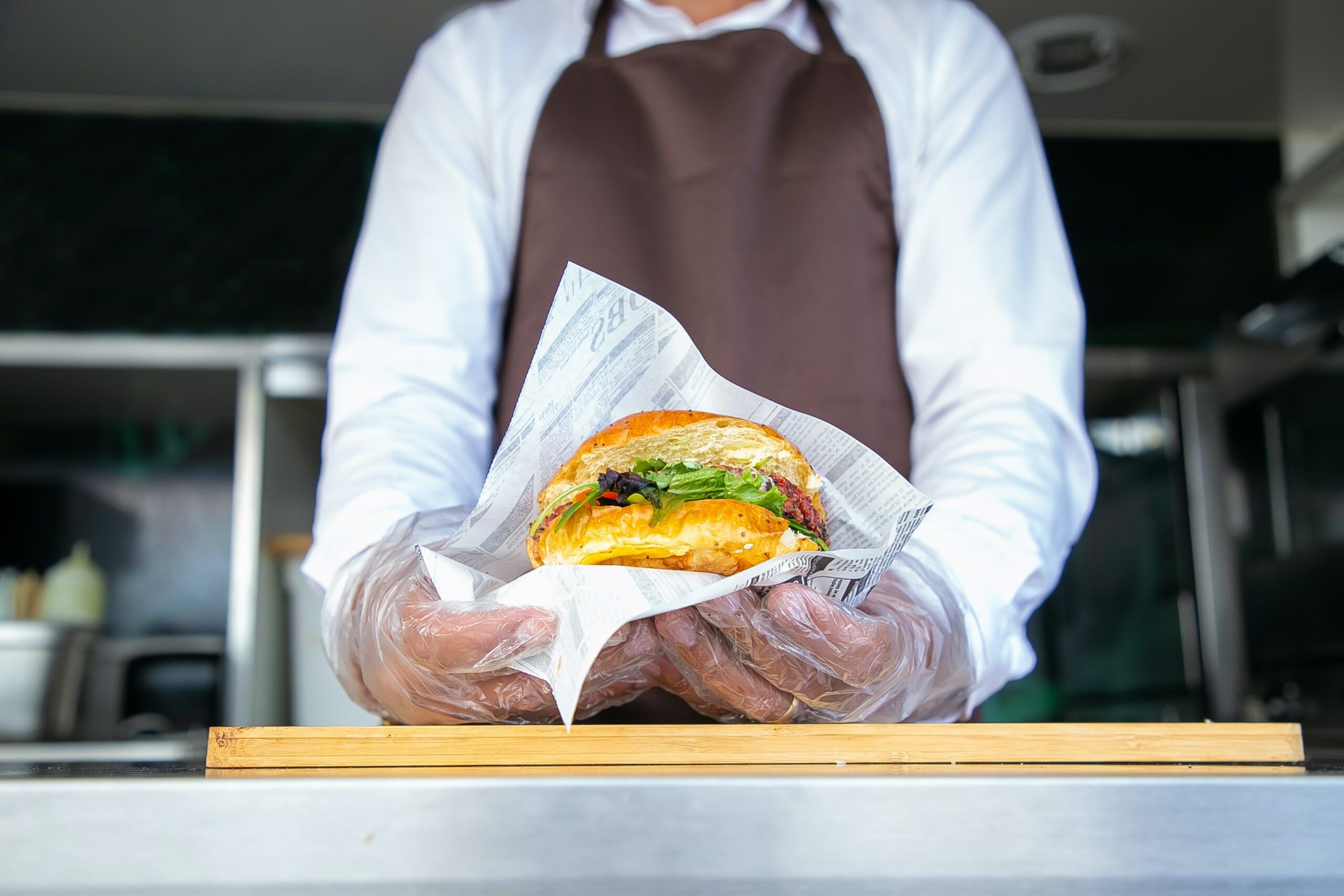For the past two years, restaurants have dealt with the consequences of a global pandemic that disrupted their supply chain.
According to the National Restaurant Association, food, occupancy, and labor costs are expected to remain elevated and impact restaurant profit margins.
That’s why restaurant owners need to keep their monthly sales and profit report on hand by using restaurant analytics.
Restaurant reporting and analytics will give you a clear picture of how your business is doing and help you make critical decisions about investing in new equipment, ordering ingredients, or hiring new staff.
Dealing with tons of data can seem overwhelming. But keeping track of such data can be a significant determinant of your restaurant’s success or failure.
Whether you’re running a bistro, a cafe, or a food truck, this article will provide information about the five types of restaurant reports crucial for any restaurant.
Why is Restaurant Reporting Important?
Restaurant reporting is essential because it helps owners stay on top of critical business metrics, such as minimizing food, labor, and occupancy costs while maximizing sales volume and profits.
You can track key performance indicators (KPIs) such as revenue growth, food costs, customer engagement, employee productivity, and more using restaurant analytics tools.
Nowadays, the restaurant industry is witnessing a spike in technology use with the adoption of various software and applications.
With this, restauranteurs now have access to an array of restaurant business intelligence tools that make extracting data and generating reports seamlessly.
Read on to discover the essential restaurant reports and analytics features to help you make well-informed decisions about your business.
5 Must-Have Restaurant Reports
In 2021, 96% of restaurant operators experienced supply problems or shortages of critical food items.
To alleviate such problems in 2022, restaurant owners must closely track their inventory levels, using restaurant analytics tools that provide real-time insights into stock levels, purchase orders, and incoming shipments.
Without further ado, here are five types of financial reports that are a must-have for any restaurant business:
1. Inventory Reports
Inventory reports show you what food items are in stock, what needs to be ordered, and when it needs to be ordered. This report is generated by tracking sales data and comparing it to the inventory on hand.
Inventory reports help restaurants stay on top of their supply chain, minimize food waste, and maximize profits.
By using inventory reports, you can track your inventory levels over time, identify trends in customer demand, and make informed purchasing decisions based on real-time sales data.
Some key features of inventory reports include the ability to track unit cost, reorder levels, and product shortages.
Many restaurant reporting tools also offer automated ordering and inventory management features. These can help you save time and reduce human error.
2. Menu Reports
Menu reports are extremely useful for restaurants that want to keep track of their menu pricing, sales, and profitability. This report lets you track the popularity of various menu items over time and identify which items are the most profitable for your business.
Many restaurant reporting tools also offer the ability to generate customer segmentation reports. These reports help you understand which menu items are most popular with different customer demographics.
To get the most value out of your menu reports, it is essential to customize these reports according to your specific business needs.
For example, if you run a quick-service restaurant, you may want to focus on menu item sales and profitability.
However, if you run a fine-dining restaurant, you may want to customize your menu reports to track customer engagement, such as online reviews and social media mentions.
Your Inbox, Your Rules!
Tailor your newsletter with the topics you're most interested in.
3. Sales Reports
Sales reports show you how much revenue your restaurant generates daily, weekly, or monthly. This report is generated by tracking sales data over time and comparing it to other metrics such as food, occupancy, and labor expenses.
Sales reports are different than menu reports. They show you the total revenue generated rather than just the profitability of individual menu items.
These reports help restaurant managers track their progress, identify trends in customer spending, and make informed decisions about pricing and promotions.
They can also be customized to compare your performance with industry benchmarks or specific competitors.
4. Payroll and Labor Reports
Payroll and labor reports show you how much you are spending on your employees each month. This report is generated by tracking payroll data over time and comparing it to revenue, sales, and other metrics such as food costs, occupancy costs, and.
Labor reports are important because they help restaurant operators optimize their staffing levels by identifying areas of inefficiency.
For example, suppose you are spending a lot of money on labor but not seeing corresponding sales or customer satisfaction increases. In that case, this may indicate that your employees need more training or support.
By using payroll and labor reports, restaurant operators can optimize their staffing levels to get the most value out of their workforce.
5. Online Order Reports
The pandemic accelerated the use of online delivery platforms. Apps like Uber, Grubhub, and Doordash have seen a surge of orders, as many people feel that food delivery is essential in their daily lives.
With revenues in online delivery expected to reach 343.80 billion dollars in 2022, restaurants should not ignore this trend.
This is where online order reports come in. These handy reports show you all of the orders that have come through your restaurant’s website or delivery app.
This data can be extremely valuable in understanding:
- Which menu items are popular with online customers.
- What times of day are the busiest for online ordering.
- Which marketing strategies are most effective in generating new orders.
You can track your online order reports by using restaurant management software. Such software will help optimize your online ordering strategy and maximize revenue and customer satisfaction.
Tracking Restaurant Business Performance with Analytics Tools
If you’re running a quick-service restaurant or a fine-dining establishment, it is essential to use restaurant analytics tools. These tools help you track reports and analyze your business performance.
Restaurant analytics tools generate customized reports that can help you understand the following:
- Which menu items are selling.
- How much revenue you are generating.
- Where you can improve your operations.
You can make informed decisions that will help optimize your menu, staffing, and marketing strategies. You can also increase sales, profitability, and customer satisfaction.



